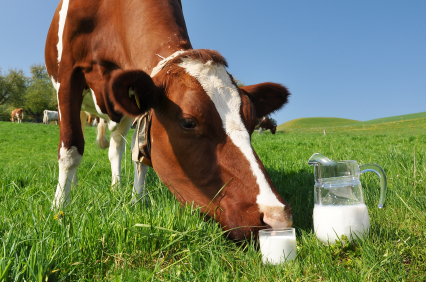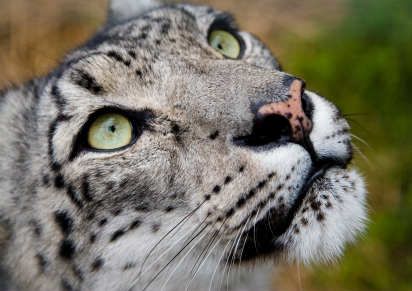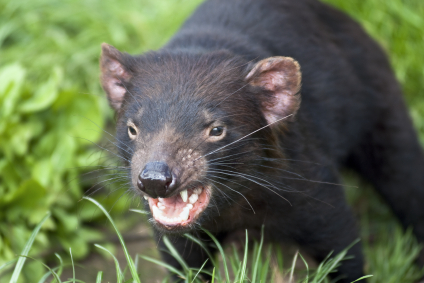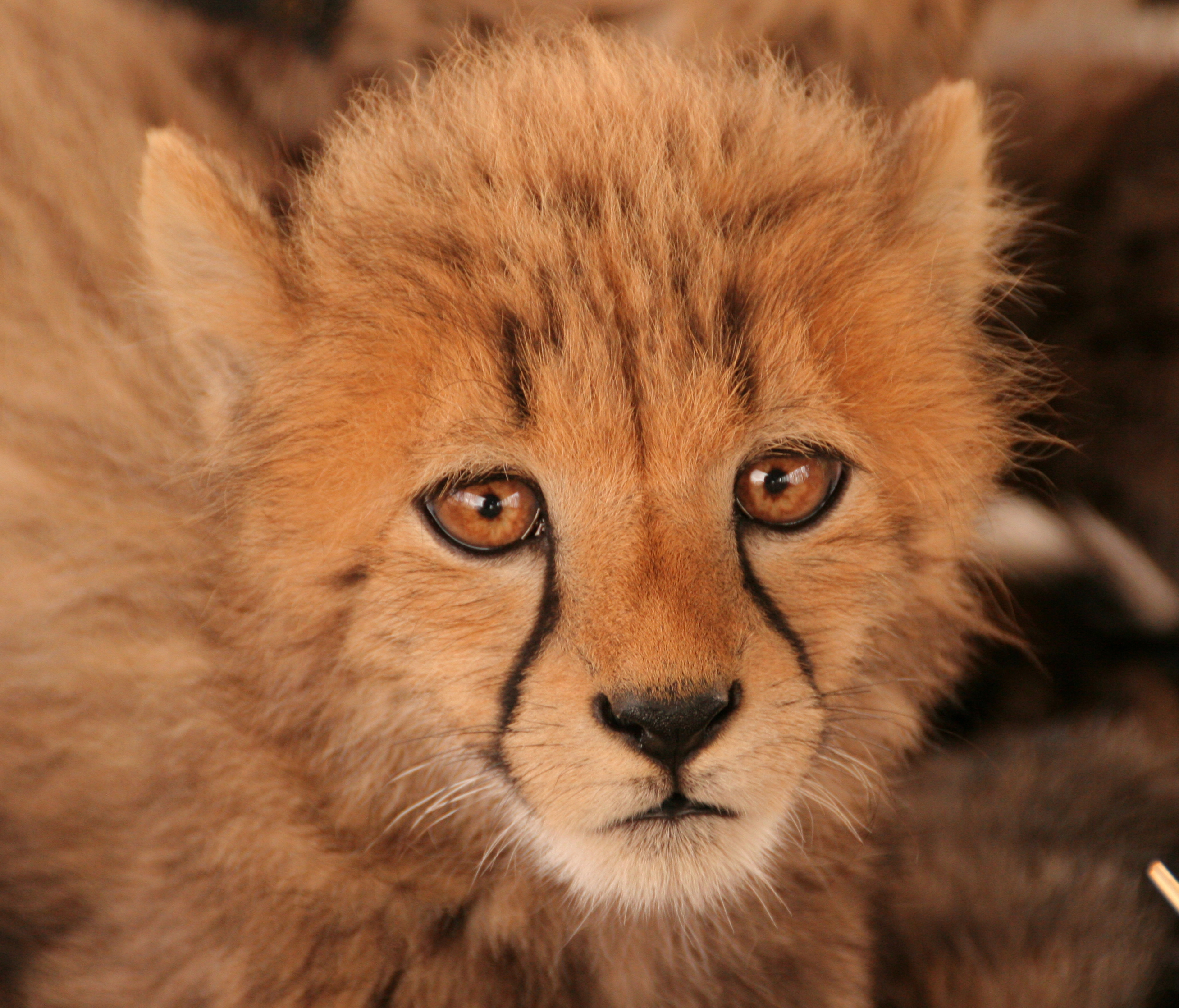In genetic research, staying at the forefront of technology is crucial. The latest breakthrough in human identification comes in the form of 8-dye Short Tandem Repeat (STR) chemistry. This innovation promises unprecedented precision and accuracy in DNA analysis, revolutionizing the way we approach genetic studies. In this blog post, we’ll delve into the world of 8-color chemistry and explore how it seamlessly integrates with the game-changing Spectrum Compact CE System.

Understanding 8-Dye STR Chemistry
The introduction of 8-dye chemistry expands the capability of STR analysis, enabling researchers to analyze more DNA markers with smaller amplicons, providing more robust data from degraded or inhibited DNA samples. The performance of the 8-color dye chemistries from Promega on the Spectrum Compact CE System is sensitive, with both chemsitries (PowerPlex® 35 GY System and the upcoming PowerPlex® 18 E System) producing 100% profiles from their suggested inputs down to as little as 62.5 pg of DNA. The 18E system produced 100% profiles down to 31.25 pg of input DNA with minimal signal bleed through and low system noise.

 The ability for adults to digest the milk sugar, lactose, is often referred to as lactase persistence (LP), describing the continued (persistent) production of lactase into adulthood. LP is an autosomal dominant trait that is most often associated with a T allele situated 13,910 base pairs (–13,910*T allele) upstream of the lactase gene, LCT. Archaeogenetic data indicates that pre- and early Neolithic populations were largely LP-negative, and that the frequency of the LP phenotype rose dramatically in Europe around 8,000 years ago, coinciding with the Neolithic transition from a hunter-gather to an agricultural-based lifestyle (1) and the appearance of domesticated dairying animals. Today roughly 35% of adults are lactose persistent. The frequency varies dramatically by geographic region, from a high prevalence in Europe (89–90%) and to a relatively low prevalence in the eastern Mediterranean (15%)(1). The spread of lactase persistence is an often cited example of gene-culture co-evolution. You can’t separate the history of domestic dairying and the evolution of lactase persistence, but scientists are still trying to understand how these two worked together.
The ability for adults to digest the milk sugar, lactose, is often referred to as lactase persistence (LP), describing the continued (persistent) production of lactase into adulthood. LP is an autosomal dominant trait that is most often associated with a T allele situated 13,910 base pairs (–13,910*T allele) upstream of the lactase gene, LCT. Archaeogenetic data indicates that pre- and early Neolithic populations were largely LP-negative, and that the frequency of the LP phenotype rose dramatically in Europe around 8,000 years ago, coinciding with the Neolithic transition from a hunter-gather to an agricultural-based lifestyle (1) and the appearance of domesticated dairying animals. Today roughly 35% of adults are lactose persistent. The frequency varies dramatically by geographic region, from a high prevalence in Europe (89–90%) and to a relatively low prevalence in the eastern Mediterranean (15%)(1). The spread of lactase persistence is an often cited example of gene-culture co-evolution. You can’t separate the history of domestic dairying and the evolution of lactase persistence, but scientists are still trying to understand how these two worked together. 
 If you are of a certain age, the name “Tasmanian Devil” most likely conjures up an image of a ferocious brown hairy cartoon character that traveled in the center of a tornado of chaos. Sometimes, as in this case, the truth is much less strange than the fiction. The real Tasmanian Devils (Sarcphilus harrisii) are relatively small, somewhat cuddly looking, marsupials found only on the island of… you guessed it, Tasmania. Despite their diminutive size, they are the largest living carnivorous marsupial. Unfortunately, these terrier-sized animals are also in danger of becoming extinct, largely as a result of a deadly, infectious transmissible cancer called Devil Facial Tumor Disease (DFTD).
If you are of a certain age, the name “Tasmanian Devil” most likely conjures up an image of a ferocious brown hairy cartoon character that traveled in the center of a tornado of chaos. Sometimes, as in this case, the truth is much less strange than the fiction. The real Tasmanian Devils (Sarcphilus harrisii) are relatively small, somewhat cuddly looking, marsupials found only on the island of… you guessed it, Tasmania. Despite their diminutive size, they are the largest living carnivorous marsupial. Unfortunately, these terrier-sized animals are also in danger of becoming extinct, largely as a result of a deadly, infectious transmissible cancer called Devil Facial Tumor Disease (DFTD).  The genetics of wild cheetah (Acinonyx jubatus) populations has a special significance for me. In fact, it could be said that the population genetics of cheetahs changed my life. I first learned about the low genetic variability in cheetahs in a darkened lecture hall at Iowa State University in 1988. I was so fascinated by what I learned in those lectures about genetics and its importance in conservation efforts that I eventually changed my major to Genetics. “The Cheetah Papers” as a colleague calls them, were, and perhaps still are, common teaching tools for biology and genetics classes. And why not? The results were amazingly cool, if a bit disturbing. Imagine a population that, through a series of natural events over thousands of years, had become so genetically similar to one another as to be almost clonal.
The genetics of wild cheetah (Acinonyx jubatus) populations has a special significance for me. In fact, it could be said that the population genetics of cheetahs changed my life. I first learned about the low genetic variability in cheetahs in a darkened lecture hall at Iowa State University in 1988. I was so fascinated by what I learned in those lectures about genetics and its importance in conservation efforts that I eventually changed my major to Genetics. “The Cheetah Papers” as a colleague calls them, were, and perhaps still are, common teaching tools for biology and genetics classes. And why not? The results were amazingly cool, if a bit disturbing. Imagine a population that, through a series of natural events over thousands of years, had become so genetically similar to one another as to be almost clonal.